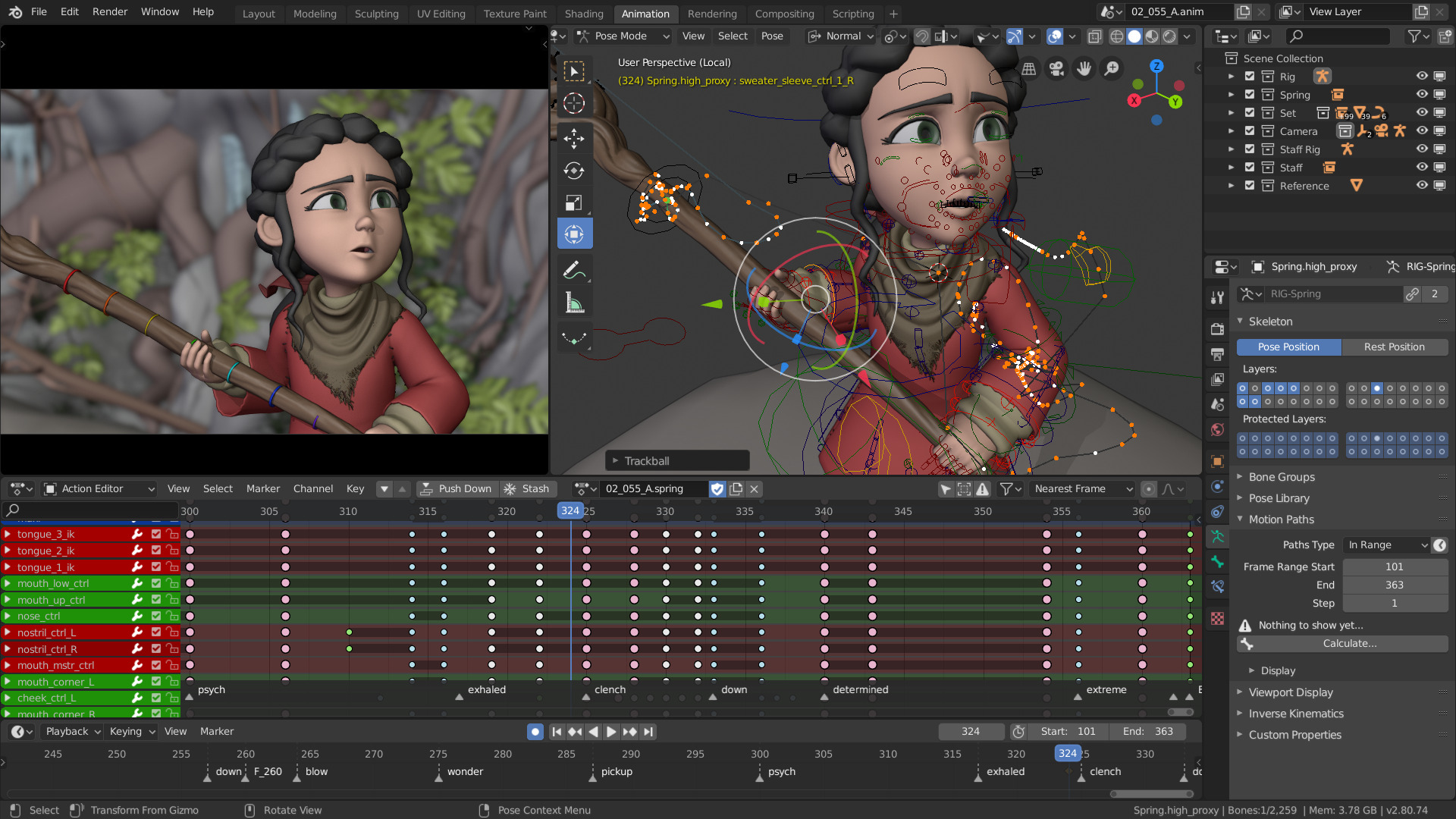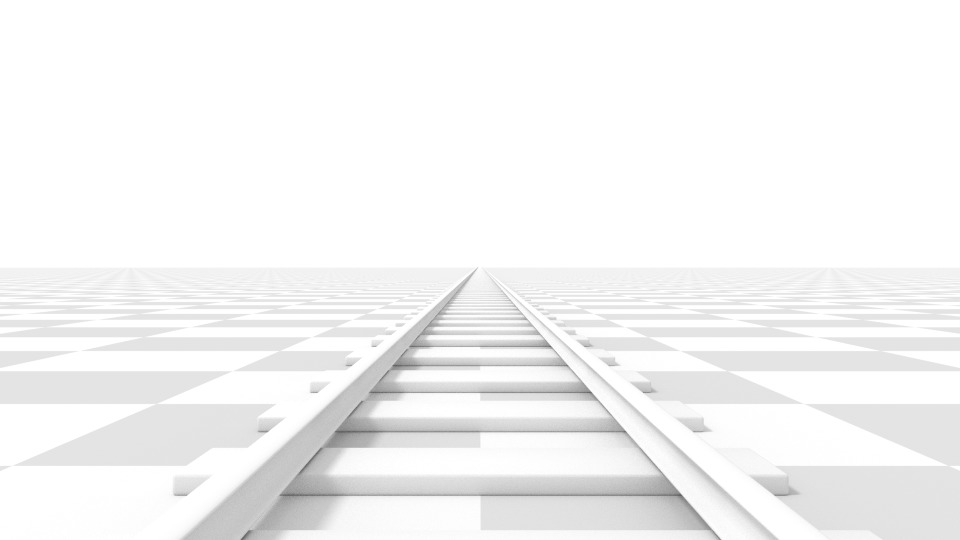

The basic elements used to render a Skybox environment map, an upper and lower dome representing 'sky' and 'ground', and a reference point, usually located grid-centre, which forms the point of view from which rendering takes place (" Camera" and " Lamp" objects visible in the Scene are not explicitly used for Skybox rendering) Make a Skydome ^

So long as these ancillary items sit inside the dome (and within range of the renderer) they will be baked to the Skybox image. In other words, although in most instances a Skybox is generated to display just 'sky' and 'ground', the Scene used to create that image can contain any manner of objects - models represented buildings for a cityscape, trees for a distant forest and so on.

Within this any placed object will be rendered as part of the eventual map. At grid-centre to the two domes (half-spheres) is a cube typically assigned an " Environment Map" Material - this essentially represents the six sides of the eventual cubic Skybox, the 'point of view' from which the Scenes contents will be rendered.ĭesign note: essentially a Skybox can be rendered from anything within the 3D View but for convenience, usually because the resulting map is to be used as an environment background, they are generated using a sphere split in to two halves. The 'sky' section is usually a little larger than the 'ground' so it can overlap the lower section to compensate for missing areas due to alpha masking at the horizon (skyline masked to represent distant trees, cityscapes etc.). The simplest form of Skybox is a sphere split horizontally into two halves at its mid-point an upper section representing ' sky', and lower for ' ground' (up to and including the horizon). A basic understanding of Blender is recommended but not absolutely necessary to get the most from the content below. The following tutorial discusses this process, of setting up and rendering a basic skybox, using " Bender Render" (" Blender Internal"), for use in game development.


 0 kommentar(er)
0 kommentar(er)
